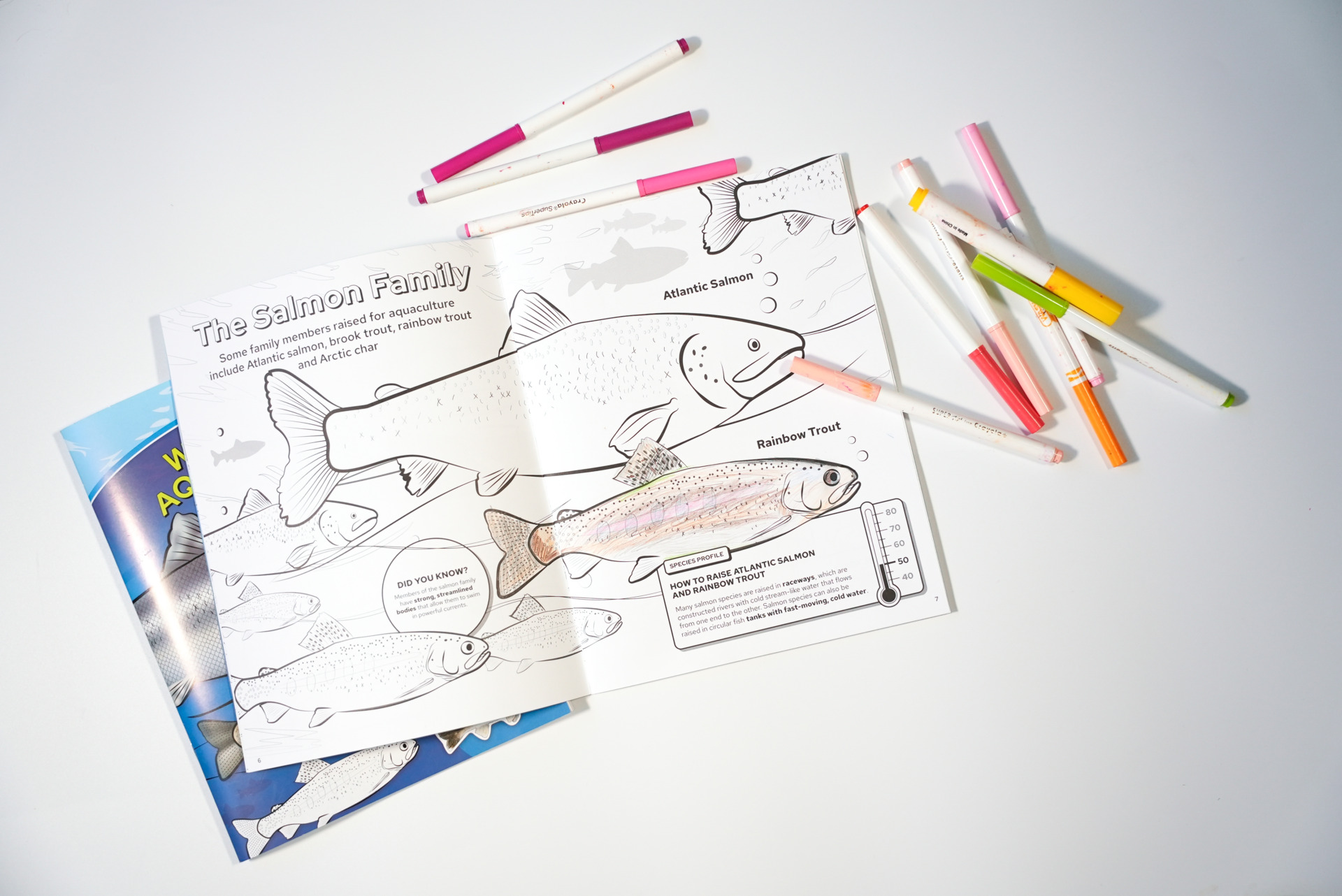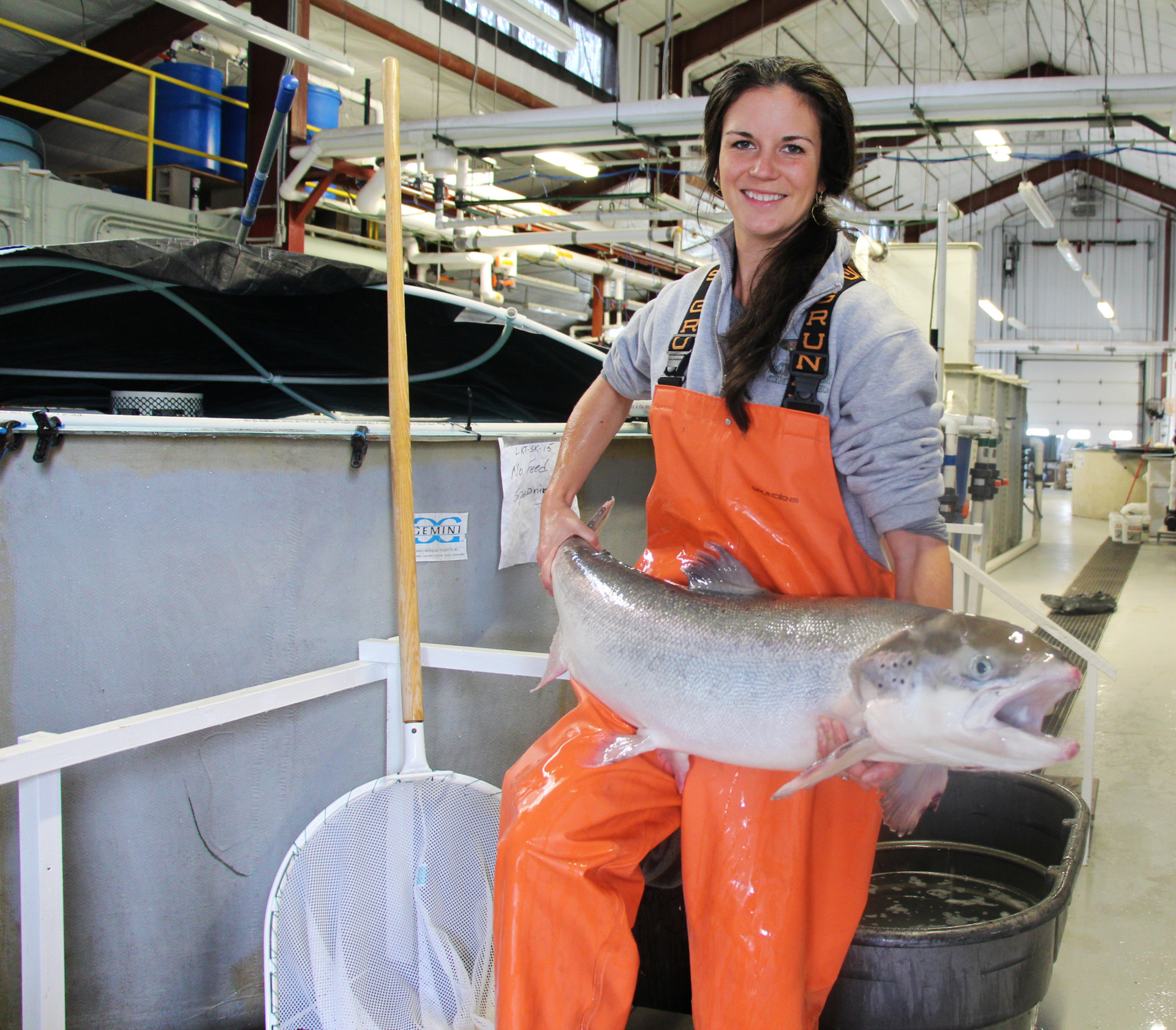According to the U.S. Environmental Protection Agency (EPA), there are currently 49 Great Lakes Areas of Concern (AOC), sites where water and sediment quality have become severely degraded. There are 30 AOCs in the United States, 14 in Canada and five shared by both countries.
And chances are good that residents have absolutely no idea they may be living in one. Or that efforts to clean up the water and sediment are occurring in and around their own communities.
That’s why Illinois-Indiana Sea Grant and University of Wisconsin Sea Grant are teaming up to produce a public information video that’s designed to inform anglers, boaters, marina operators and local businesses of the benefits that can come from a remediated AOC.
The video, funded by a grant from the EPA Great Lakes National Program Office, will feature several Great Lakes AOCs, including the Sheboygan River AOC, the Milwaukee Estuary AOC, the Muskegon Lake AOC, and the Grand Calumet River AOC. Caitie McCoy, a social scientist with Illinois-Indiana Sea Grant, will interview people who live and work in these AOCs, and UW Sea Grant videographer John Karl will shoot and edit the footage into a five- to seven-minute video.
McCoy and Karl plan to use the video to raise awareness about the process and benefits of remediation. One of their goals is to recruit potential non-federal partners to participate in current and future remediation projects under the Great Lakes Legacy Act. Filming and interviews will occur in 2012.
“Around AOCs like these, there are a lot of constituencies that may not be aware there are sediment problems in their area,” said McCoy, who is studying the Sheboygan River as a case study of public perception on remediation efforts. “This is an effective way to let them know, ‘Hey, maybe you might want to check on your own communities.’ If we can help people understand the economic revitalization that can accompany remediation efforts like this, we can remove the potential stigma people feel about living in an AOC. ”
For example, the Sheboygan River AOC has become a collection sink for three different watersheds, polluted by everything from phosphorous and nitrogen to PCBs and heavy metals. Remediating the river will benefit local agriculture (the area’s dominant use) and major urban centers in the AOC, including Sheboygan, Sheboygan Falls and the Village of Kohler. Other AOCs included in the video face similar challenges.
McCoy and Karl are excited to have the opportunity to collaborate across the Great Lakes Sea Grant network.
“We hope this video will impress upon the viewers that a great many economic, social, and aesthetic benefits can accrue to a community when they clean up their local river or lake. We hope it speaks to both citizens of AOCs and potential partners in the clean up efforts,” said Karl.
McCoy agrees. “This project has a great chance to really reach some critical constituencies and dispel concerns people may have about remediation efforts in the Great Lakes area.”





